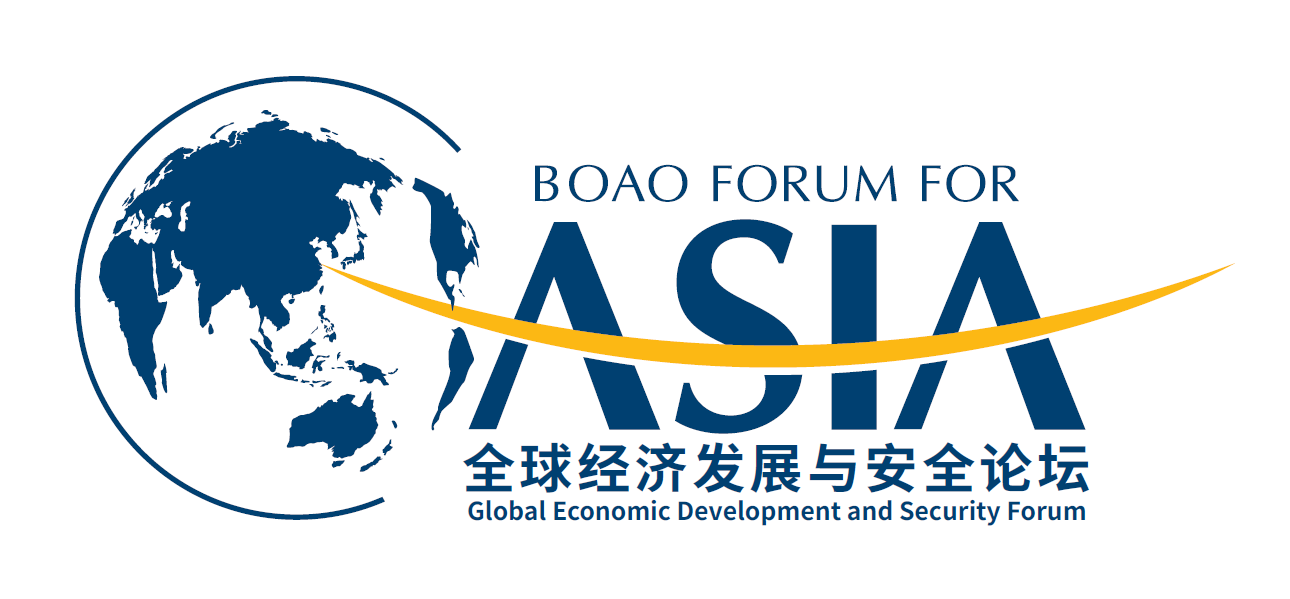
戴惟德
德勤亚太首席执行官
David HILL
Chief Executive Officer,
Deloitte Asia Pacific
答:全球化是减少货物、资本和人员流动壁垒的过程,对全球经济起到了推动的作用。相较其他方式,全球化,尤其是在新兴国家,可能促使经济更快增长、降低通货膨胀和增加就业。此外,全球化推动了全球供应链的高效发展。由于世界相对平稳环境,使得公司专注低成本和高速成长成为可能,按照实现低成本和高效原则,全球企业可以对供需模式做出相当合理的预测。
然而,近年来,世界面临贸易战、疫情和乌克兰危机,这些事件导致了短缺、延误、成本上升,并最终导致价格上涨。展望未来,全球企业仍会集中在低成本和高速,并越来越关注供应链的韧性和多样性。
与此同时,由于利益不同,国家之间的紧张关系导致政府对货物和资本的流动施加限制,从而破坏了供应链的高效运转。这种限制可能存在,且进一步加强的风险,但也看到这种风险有助于加速供应链多样化。
全球企业及其所在国政府面临的挑战是在效率和安全性之间取得适当的平衡。目前,有些政府对于关键行业过度依赖集中的供应链有所担心,他们正在采取措施鼓励采取替代方式,以确保供应链的韧性。然而,这种行动是以贸易商品的价格和供应链的效率为代价的。最理想的情况是各国在有明确国家安全理由下才采取此类限制措施。
问:世界经济可能已步入低增长的五年区间。你如何评估2024年全球及亚洲经济形势?对你所在的行业将有何挑战和机遇?
答:经济增长缓慢主要是由于人口结构变化。在主要经济体中,由于长期的低出生率,导致劳动适龄人口的增长速度比过去慢。此外,尽管在一些发达经济体,移民速度加快,但还不足以完全抵消本土劳动适龄人口增长缓慢带来的影响,更何况一些国家的移民增长并不强劲。其结果很可能是增长放缓。
至于2024年全球经济状况存在相互矛盾的影响。一方面,因为通胀正在降速。今年货币政策可能放松,劳动力市场紧张,增长在明年可能出现反弹。另一方面,全球经济的结构性变化可能会带来不利因素。其中包括保护主义抬头,导致供应链和贸易模式的快速变化。此外,清洁能源的投资需求正在吸引资本,促使投资从其他用途转移,并对制造和运输过程投资产生影响。最后,从积极的一面来看,新技术获得大量投资,可以提高生产力和改善生活质量。
我们所处的行业也未能幸免由于全球经济的变化所带来的影响。专业服务的前景往往与经济增长有一定的相关性。经济增长放缓会对我们的行业产生不利影响。商业投资的疲软尤其令人担心。另一方面,结构性变化有时可以让我们的行业受益。随着企业在重新设计供应链、转向清洁能源和实施新技术方面进行投资,它们将需要专业服务公司的协助和建议,这对专业服务行业来讲是非常有利的。
A: Globalisation likely led to faster growth than otherwise, reduced inflation, and greater employment – especially in emerging nations. Moreover, globalisation led to the development of highly efficient global supply chains. Companies focused on low cost and high speed. This was possible because the world was relatively stable. Global companies were able to make reasonably good predictions about supply and demand patterns and design supply chains accordingly to achieve low cost and high speed.
In recent years, however, the world has faced trade wars, a pandemic, and the Ukraine crisis, which resulted in shortages, delays, higher costs, and ultimately higher prices. Going forward, global companies will still care about low cost and high speed. Increasingly, they will also focus on the resilience and redundancy of supply chains.
Meanwhile, tensions between countries that have different interests have led governments to impose restrictions on the movement of goods and capital, thereby undermining efficient supply chains. The risk exists that further restrictions could be implemented, contributing to an acceleration of supply chain diversification.
The challenge for global companies, and for the governments that host them, will be to strike the right balance between efficiency and security. Currently, some governments are concerned that critical industries are excessively dependent on concentrated supply chains. They are taking steps to encourage alternatives to current supply chains to ensure resilience. Yet such action comes at a cost in terms of the prices of traded goods and the efficiency of supply chains. Ideally, countries would only undertake such restrictions where there is a clear national security reason.
Q: The world economy may have entered a fiveyear-long low-growth phase. What is your assessment of the state of the global and Asian economies in 2024? What are the challenges and opportunities facing your industry?
A: Slow economic growth is mainly due to demographic change. In major economies, the working age population is growing more slowly than in the past, largely due to a prolonged period of low birth rates. The result will likely be slower growth.
The negative impact of demographics could, theoretically, be offset by rapid growth of labour productivity. However, there has been a steady deceleration of labour productivity in recent decades. Productivity growth is fuelled by innovation in technology and business processes, improvements in human capital, and improvements in physical infrastructure. In the long run, the introduction of Generative AI on a large scale will likely boost productivity growth, enabling faster economic growth. For now, however, growth is likely to remain modest in advanced economies. On the other hand, countries with more favourable demographics, such as India and some parts of Southeast Asia and Africa, are likely to experience stronger economic growth in coming years.
As for the state of the global economy in 2024, there are conflicting influences. On the one hand, inflation is decelerating, monetary policies are likely to be loosened this year, labour markets are tight, and growth is likely to rebound next year. On the other hand, there are structural changes in the global economy that could create headwinds. These include increased protectionism, resulting in rapid changes in supply chain design and trade patterns. In addition, the need to invest in clean energy is diverting capital from other uses as well as creating disruption to manufacturing and transport processes. Finally, on the positive side, there will likely be significant investment in new technologies that will boost productivity and improve the quality of life.
Our industry has not been immune to the changes in the global economy. The outlook for professional services tends to be somewhat correlated with economic growth. Slower economic growth hurts our industry. Weakness in business investment especially hurts. On the other hand, structural changes can sometimes benefit our industry. As companies make investments in redesigning supply chains, switching to clean energy, and implementing new technologies, they will require assistance and advice that will be beneficial to professional service firms.
来源:博鳌亚洲论坛
